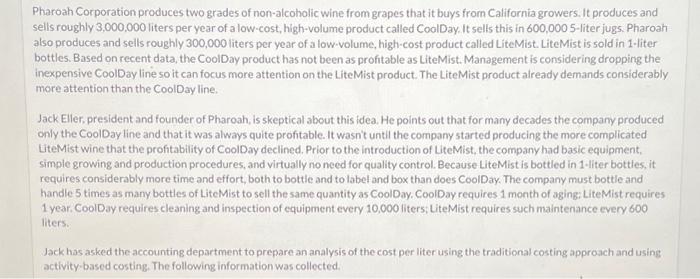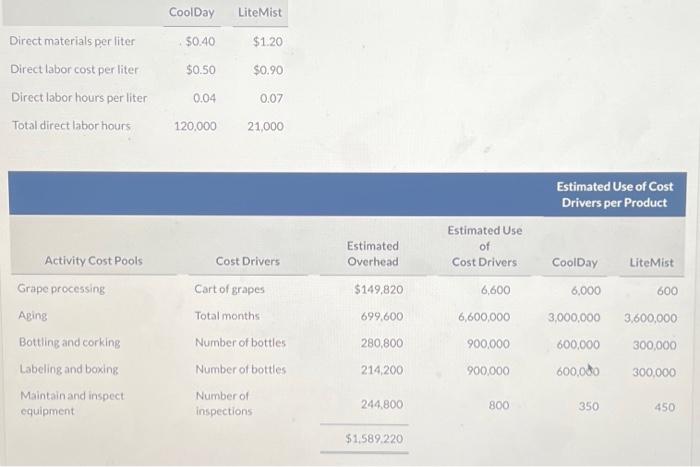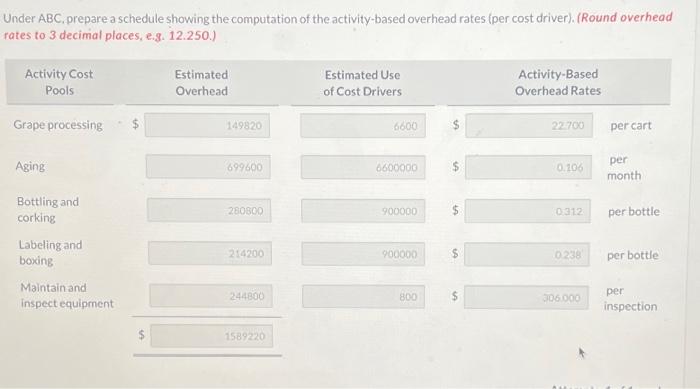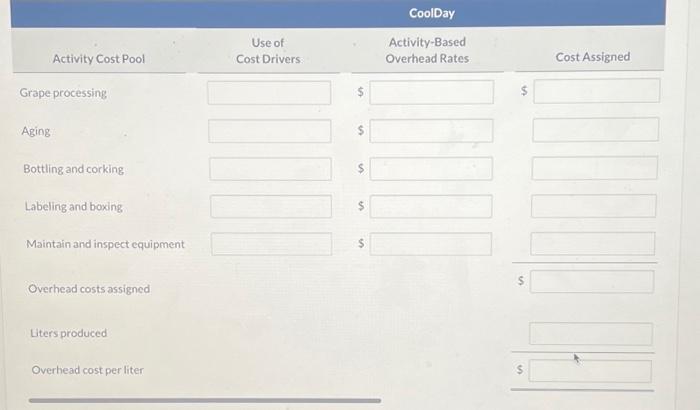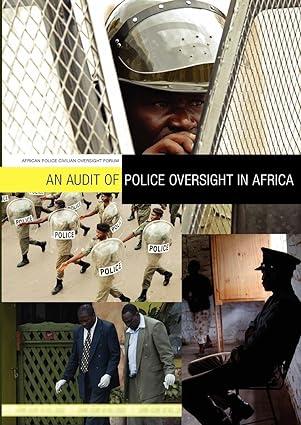Pharoah Corporation produces two grades of non-alcoholic wine from grapes that it buys from California growers. It produces and sells roughly 3,000,000 liters per year of a low-cost, high-volume product called CoolDay. It selts this in 600,0005 -liter jugs. Pharoah also produces and sells roughly 300,000 liters per year of a low-volume, high-cost product called LiteMist. LiteMist is sold in 1 -liter bottles. Based on recent data, the CoolDay product has not been as profitable as LiteMist. Management is considering dropping the inexpensive CoolDay line so it can focus more attention on the LiteMist product. The LiteMist product already demands considerably more attention than the CoolDay line. Jack Eller, president and founder of Pharoah, is skeptical about this idea. He points out that for many decades the company produced only the CoolDay line and that it was always quite profitable. It wasn't until the company started producing the more complicated LiteMist wine that the profitability of CoolDay declined. Prior to the introduction of LiteMist, the company had basic equipment, simple growing and production procedures, and virtually no need for quality control. Because LiteMist is bottled in 1 -liter bottles, it requires considerably more time and effort, both to bottie and to label and box than does CoolDay. The company must bottle and handle 5 times as many bottles of LiteMist to sell the same quantity as CoolDay. CoolDay requires 1 month of aging: LiteMist requires 1 year, CoolDay requires cleaning and inspection of equipment every 10,000 liters; LiteMist requires such maintenance every 600 liters. Jack has asked the accounting department to prepare an analysis of the cost per liter using the traditional costing approach and using activity-based costing. The following information was collected. \begin{tabular}{lrrr} & CoolDay & & LiteMist \\ \cline { 2 - 2 } \cline { 4 - 4 } Direct materials per liter & $0.40 & & $1.20 \\ Direct labor cost per liter & $0.50 & & $0.90 \\ Direct labor hours per liter & 0.04 & 0.07 \\ Total direct labor hours & 120.000 & 21,000 \end{tabular} Estimated Use of Cost Drivers per Product Under ABC, prepare a schedule showing the computation of the activity-based overhead rates (per cost driver). (Round overhead ates to 3 decimal places, e.8. 12.250.) CoolDay Aging Bottling and corking $ Labeling and boxing Maintain and inspect equipment $ Overhead costs assigned Liters produced Overhead cost per liter
